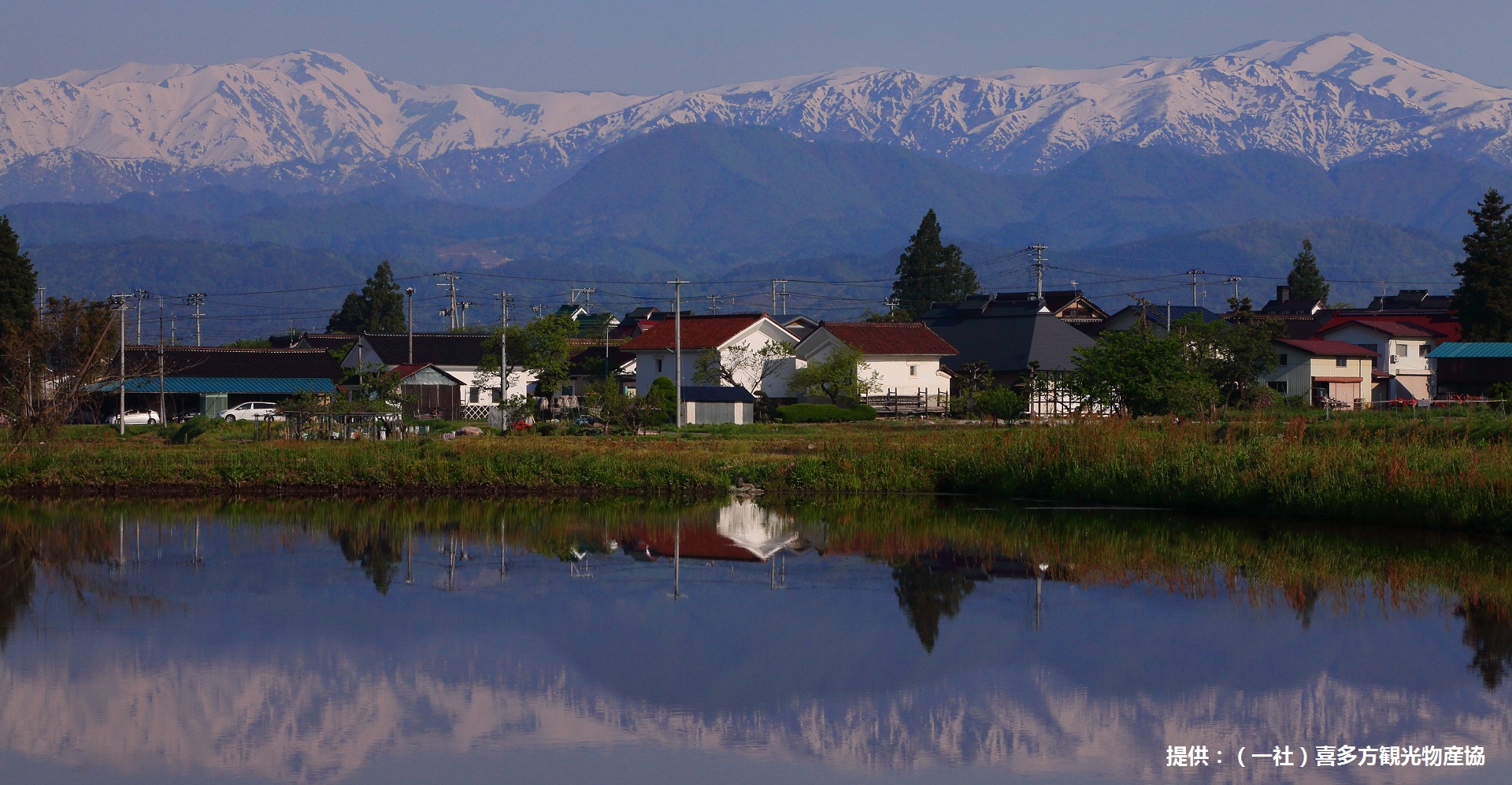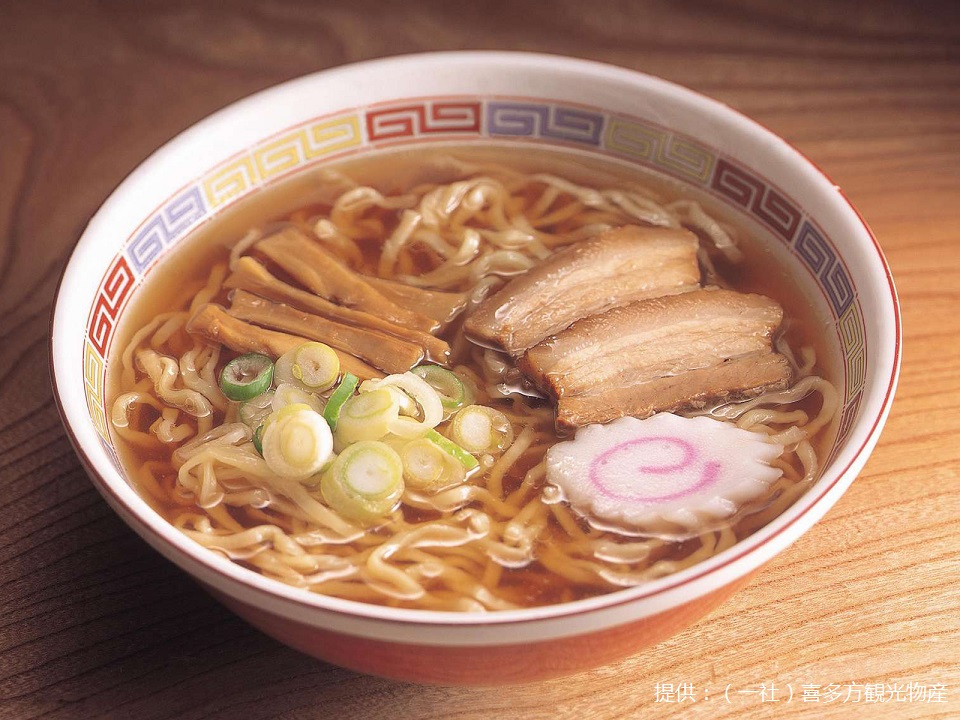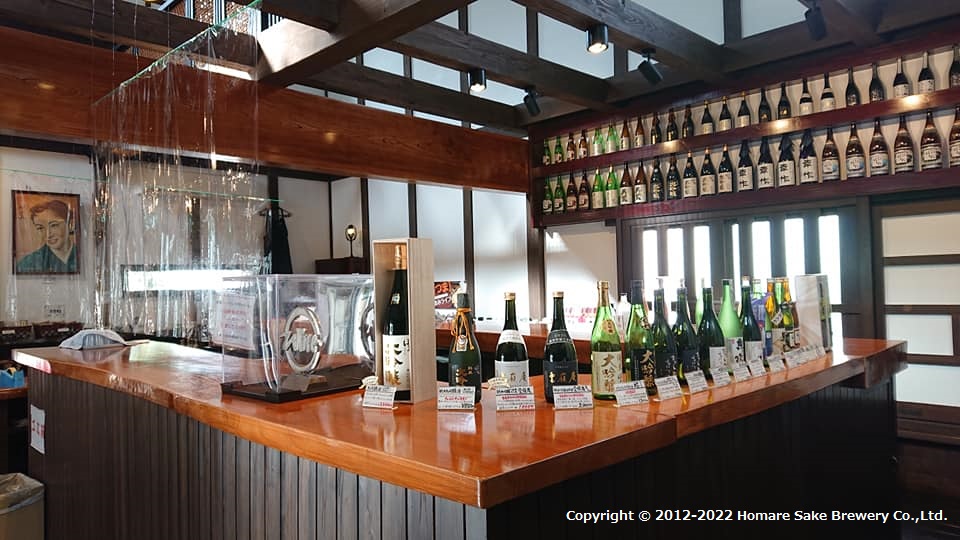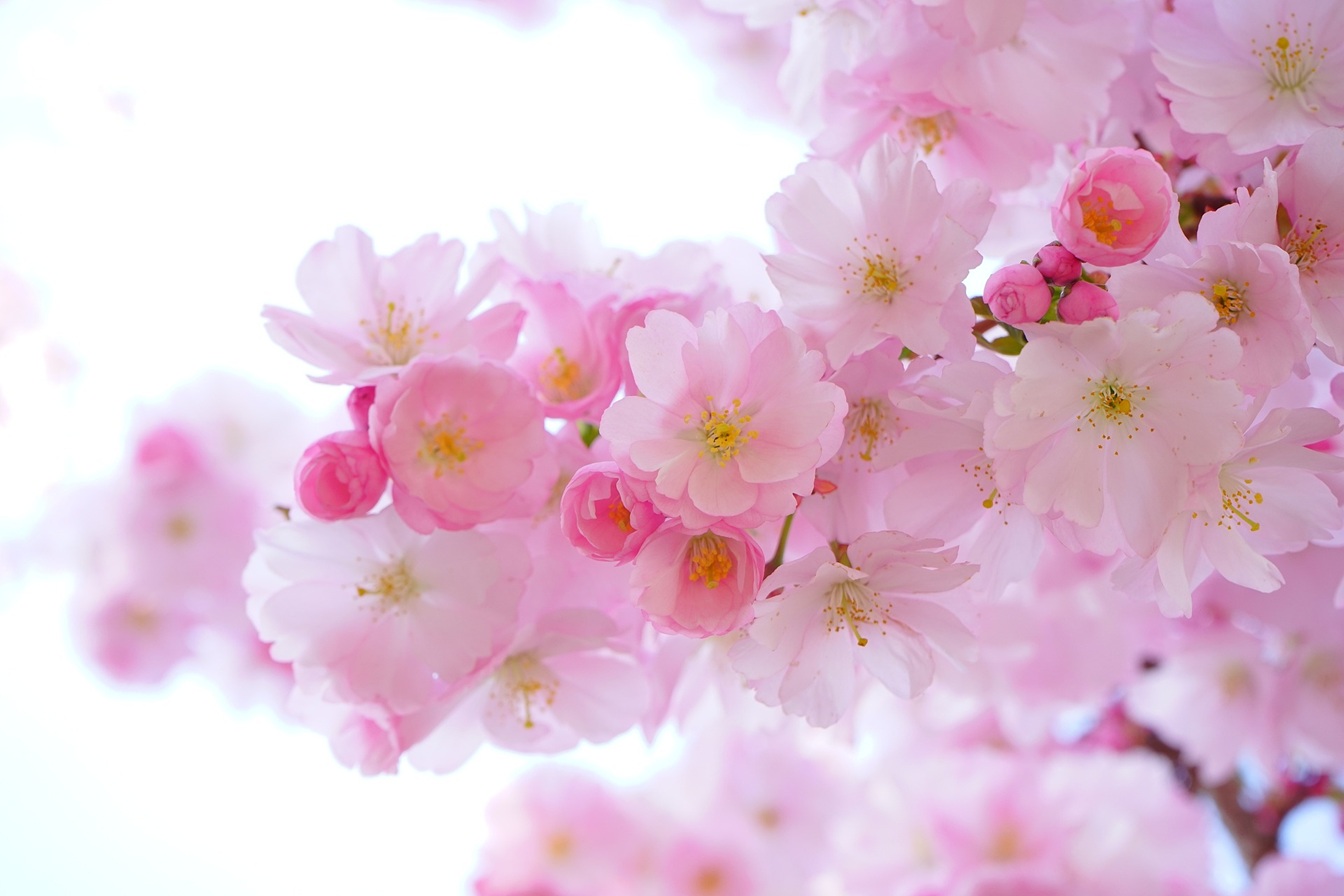-
- USA/Canada 1-800-285-2726
- Australia (02) 8006 4411

Kitakata is known for its many storehouses, most excellent sake and also the local ramen; Kitakata ramen.

Not only the main street, but also the back alleys and villages in the suburbs have old warehouses, and the number is more than 4,000. Many of them have been converted into shops, inns and other businesses. However, blessed with good quality water and rice in this area, some warehouses are still used as sake breweries and miso breweries.
It was said that "it is a shame for a man to be unable to build a warehouse in his forties", and for the Kitakata men, building their own warehouse was also a subject of pride. As you can see while you stroll the street, Kitakata’s warehouse has a wide variety of types such as white walls, black plaster, rough walls, bricks, and door design which is reflecting their passions.
Another reason for remaining so many warehouses was the great fire that broke out in the Meiji era. The fire quickly spread from the city center and burned down about 300 homes. However, only these warehouse remained standing in the burnt field. Since then, people have been proud of their warehouses and have lived with it to today.

Kitakata city has the most ramen stores per capita. The region is also famous for its local style of ramen, Kitakata ramen which is known for its signature flat, curly noodles, soy sauce-based broth with niboshi sardines and pork bones to flavour. This is one of the three major ramen in Japan with Sapporo ramen and Hakata ramen.
Ban Kinsei was the originator of the Kitakata ramen noodle, and he opened Genraiken in the mid-1920s. Ban was a Chinese immigrant who settled in the area and he began selling Chinese noodles from a street cart. Through trial and error, he arrived at the taste of the noodles he was familiar with in China, and later opened Genraiken. If you are ramen-lover, definitely try this original Kitakata ramen at the Genrokuen shop which located a 6-minute walk from Kitakata Station.

Located in the north-west section of the Aizu basin, beautiful mountains surround Kitakata. Mt. Iide which brings the liquid source of tasty Kitakata sake lies to the north. When the snow starts to melt in spring, the crystal-clear runoff water slowly streams into the plains. Kitakata uses this high-quality stream water to make miso, soy sauce, and sake.
Kitakata Sake makes a name for itself not only in Fukushima and Japan but also internationally. A brewery in Kitakata won the world sake contest the "International Wine Challenge" in 2015 and 2016. Kitakata has one of the highest ratios in Japan between sake production and population.
Why not take one of our Hokkaido and Northern Japan tour and visit this culturally rich destination with Japan Deluxe Tours.
130 Hot Springs, Volcanoes and Beautiful Scenery
World's First Food-Themed Amusement Park
The birthplace of Sapporo Miso Ramen
6 Restaurants dedicated to promoting the various styles of Japanese Ramen
Learn to make Ramen by hand!
Interactive Museum on Cup Noodles Where You Can Make Your Original Cup Noodle
Consists of noodles, soup, toppings, each with a great variety of choices
Instant noodles are a popular snack/quick meal in Japan that requires relatively little effort to prepare.
Bikan Chiku - Town of Storehouses
Quaint Edo-period castle town retains the feel of old Japan.
Sake is considered the national drink of Japan, a favorite many enjoy
Traditional Japanese Soup Made from Miso
Discover escorted cherry blossom tours with March–April departures across Tokyo, Kyoto, Osaka,
Hiroshima, and more. Ideal for travelers those seeking deeper cultural experiences.
 Spring · March–April Departures
Spring · March–April Departures
Cherry Blossom Tours 2026
View Japan Cherry Blossom Tours
See all current cherry blossom itineraries and departure dates.